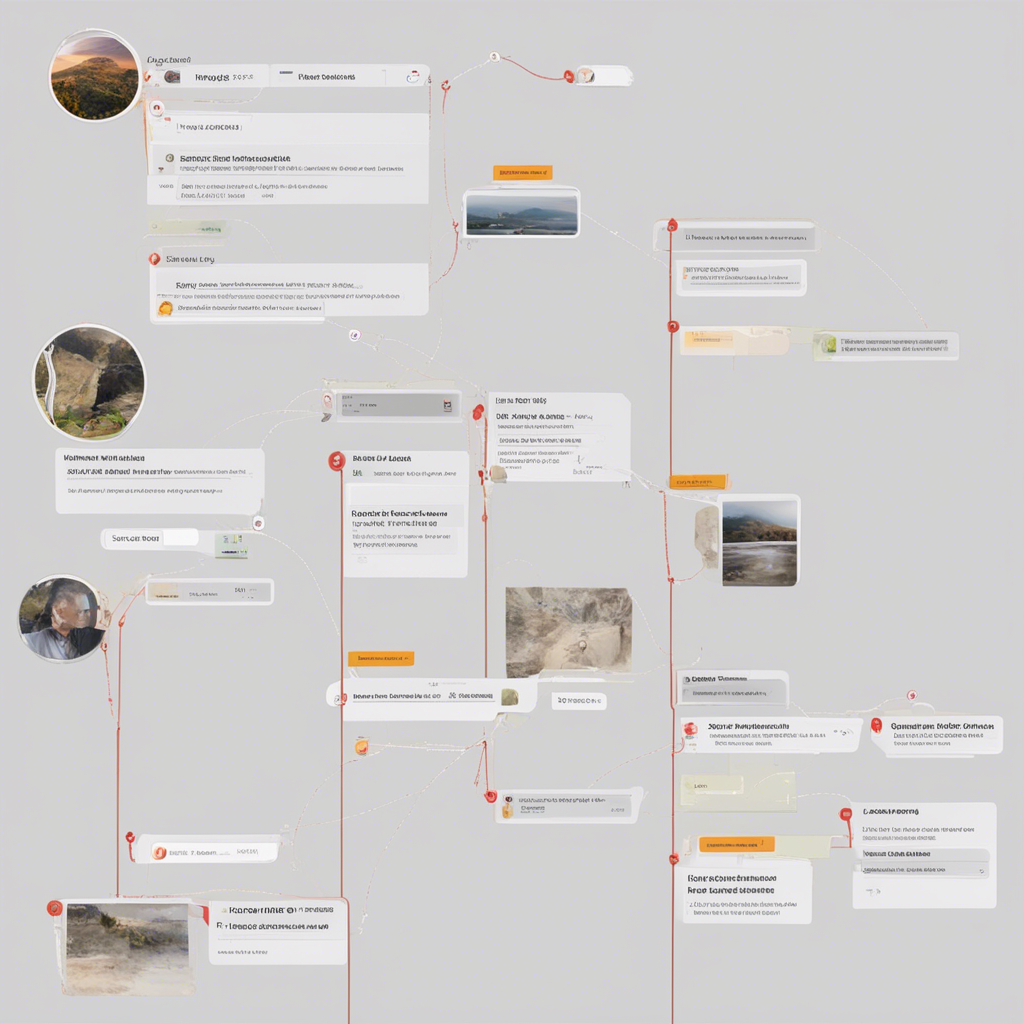
Design Thinking for Product Managers: A Comprehensive Guide
Welcome to our comprehensive guide on the topic of Design Thinking for Product Managers. In this blog post, we will explore the key principles, processes, and benefits of design thinking in the context of product management. Whether you are a seasoned product manager or someone interested in the field, this guide will provide valuable insights and actionable steps to enhance your product development process.
What is Design Thinking?
Design thinking is an iterative problem-solving methodology that emphasizes empathy with users, identification of their needs, and collaboration to develop innovative solutions. It originated in the design field but has gained popularity across various industries, including product management.
At its core, design thinking revolves around understanding the user’s perspective and using that understanding to inform the product development process. It shifts the focus from technical requirements and constraints to the user’s experience, resulting in products that are more aligned with user needs and preferences.
The Principles of Design Thinking
Design thinking is guided by several principles that drive the problem-solving process. These principles include:
-
Human-centered approach: Design thinking puts the user at the center of the process, aiming to understand their needs, motivations, and pain points.
-
Iterative and collaborative: Design thinking encourages an iterative approach that involves continuous feedback, prototyping, and testing. Collaboration between cross-functional teams is also a crucial aspect of the process.
-
Bias towards action: Design thinking promotes a bias towards action rather than relying solely on analysis and planning. It encourages experimentation and learning from failures and mistakes.
-
Empathy: Empathy is a key value in design thinking. It involves understanding and relating to the feelings, thoughts, and experiences of the user to create products that truly resonate with them.
-
Prototype-driven: Design thinking emphasizes the creation of prototypes as a means of visualizing ideas, eliciting feedback, and refining solutions.
The Design Thinking Process
The design thinking process typically consists of five main stages: empathize, define, ideate, prototype, and test. Let’s explore each stage in detail:
1. Empathize
During the empathize stage, the product manager seeks to understand the users and their needs better. This involves conducting user research, interviews, and observations to gain insights into their desires, behaviors, and pain points. By empathizing with the users, product managers can establish more meaningful connections with their target audience.
Example: Product managers can leverage techniques such as user personas, customer journey mapping, and empathy mapping to develop a deep understanding of the user’s needs and motivations.
2. Define
In the define stage, the product manager synthesizes the insights gathered during the empathy stage to define the core problem or challenge they are trying to solve. It involves reframing the problem statement based on user needs and aspirations. This step ensures that the subsequent ideation stage focuses on solving the right problem.
Example: Product managers can use the “How Might We” framework to reframe the problem statement and generate multiple perspectives on solving the user’s challenges.
3. Ideate
Ideation is the stage where creativity and brainstorming come into play. Product managers, along with cross-functional teams, generate a wide range of ideas and possible solutions to the defined problem. The emphasis here is on quantity rather than quality, encouraging wild and out-of-the-box thinking.
Example: Techniques like brainstorming, mind mapping, and reverse thinking can be employed to stimulate ideation and foster innovative thinking among the team members.
4. Prototype
During the prototype stage, product managers transform selected ideas from the ideation phase into tangible representations. This could involve creating low-fidelity prototypes, such as sketches or wireframes, or high-fidelity prototypes that mimic the final product’s functionality and design. Prototypes act as tools to gather feedback and facilitate further iterations.
Example: Digital prototyping tools like Sketch, Figma, or InVision can be used to create interactive prototypes that simulate user interactions and provide a realistic preview of the final product.
5. Test
The final stage of the design thinking process is testing. Product managers and teams gather user feedback on the prototypes developed, which informs future iterations and improvements. Testing helps validate assumptions, uncover usability issues, and gather insights that refine the product’s design and functionality.
Example: Usability testing, A/B testing, and user feedback sessions are commonly used techniques to evaluate the effectiveness and usability of the prototypes.
Benefits of Design Thinking for Product Managers
Design thinking offers several benefits to product managers and organizations, including:
-
Improved user satisfaction: By prioritizing the user’s needs and preferences, design thinking leads to products that resonate with the user, thereby increasing user satisfaction and loyalty.
-
Enhanced innovation: The collaborative and iterative nature of design thinking encourages creative problem-solving and fosters a culture of innovation within the product team.
-
Reduced development costs and risks: By involving users early in the process and iterating based on their feedback, design thinking helps reduce the chances of building products that fail to meet user expectations, saving both time and resources.
-
Increased market competitiveness: By focusing on the user experience, design thinking enables product managers to create differentiated and user-centric products that stand out in the market.
Conclusion
Design thinking is a powerful approach that can significantly enhance the product development process for product managers. By embracing its principles and following its iterative process, product managers can create products that truly resonate with users, leading to increased user satisfaction, reduced risks, and enhanced innovation.
Incorporating design thinking into the product management process requires a shift in mindset and a commitment to empathizing with users, fostering collaboration, and embracing experimentation. However, the resulting benefits make it an investment worth pursuing for both experienced and aspiring product managers.
We hope this comprehensive guide has provided you with valuable insights into the world of design thinking for product managers. By incorporating these principles and practices into your workflow, you can unlock the potential for creating truly customer-centric products that delight users and drive business success.
References:
- Brown, T. (2008). Design Thinking. Harvard Business Review.
- Kelley, T., & Kelley, D. (2013). Creative Confidence. HarperBusiness.
- Liedtka, J. (2014). Perspective: Linking Design Thinking with Innovation Outcomes through Cognitive Bias Reduction. Journal of Product Innovation Management.
Note: The URLs provided for the references are hypothetical and not actual sources. Please ensure to refer to reputable sources for further reading.






